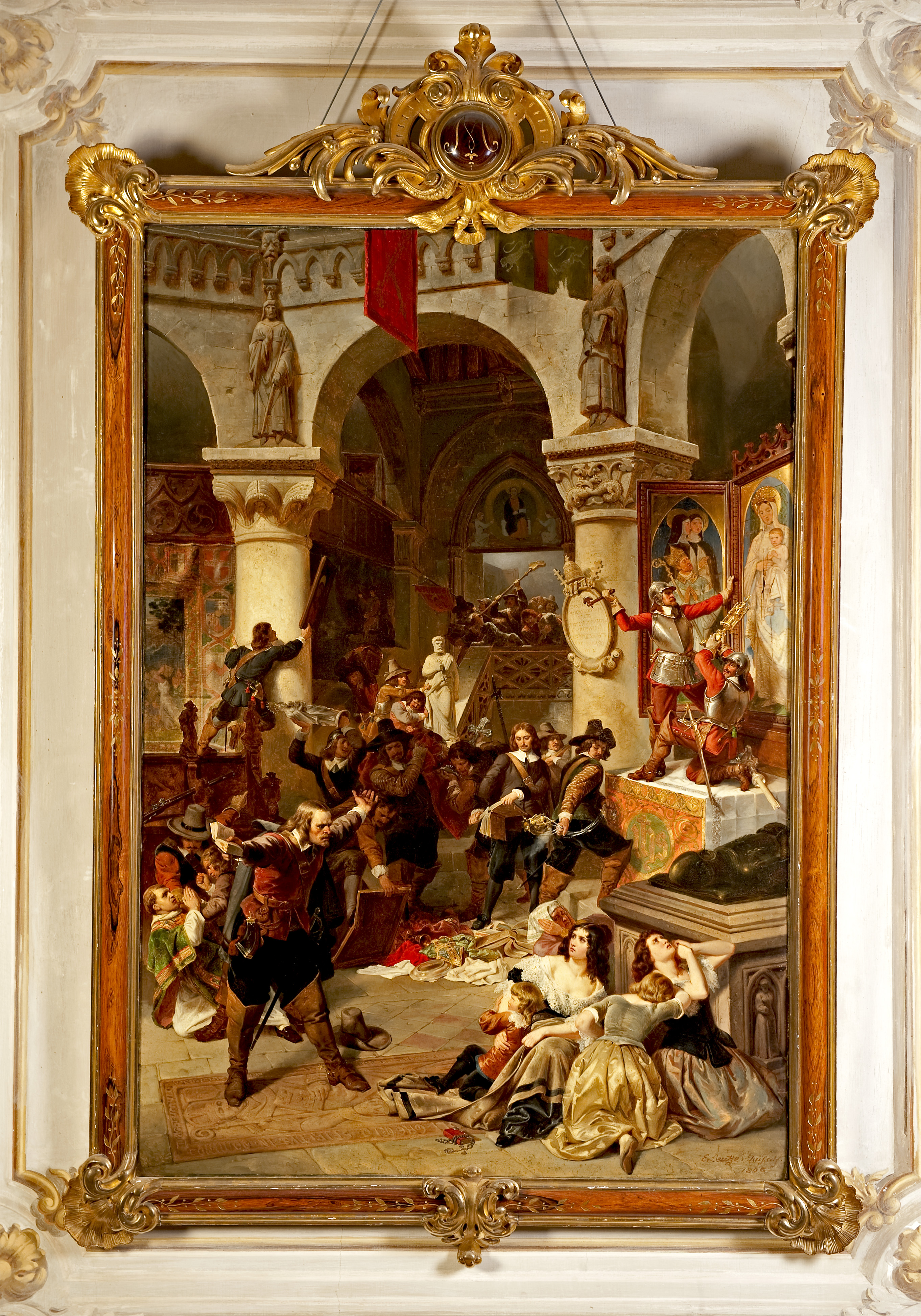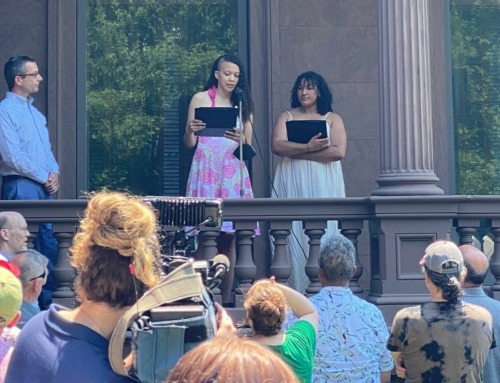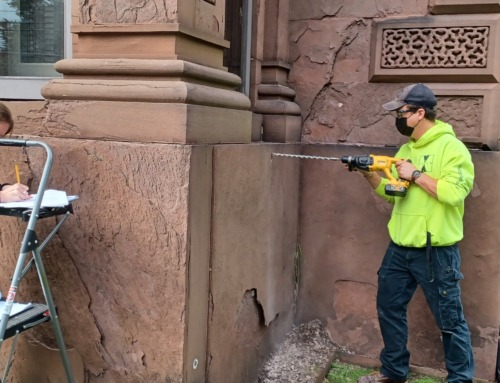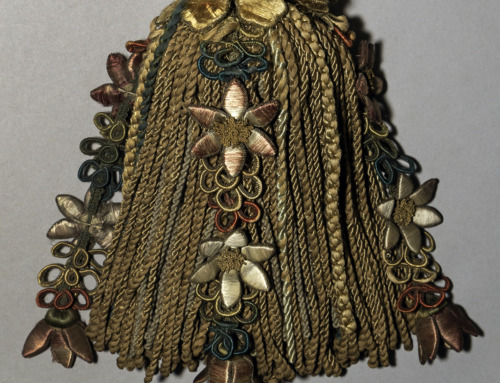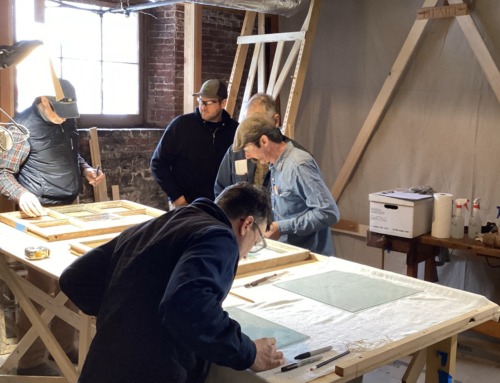In 1846, the German-American history painter Emanuel Gottlieb Leutze created ‘The Iconoclasts’, a large oil canvas depicting 17th-century English Protestants destroying art works in a Catholic church. The painting was commissioned by James Robb, a banker and collector then living in New Orleans. During the financial panic of 1857, Robb sold his home and much of his art.[1] As friends of Victoria Mansion know, Ruggles Morse purchased ‘The Iconoclasts’ and later hung it in the Parlor of his new summer home in Portland, Maine.
Leutze was by then famous, having painted ‘Washington Crossing the Delaware’ in 1851. The painting “caused a frenzy” and drew 50,000 viewers when it was exhibited in New York.[2] The painter’s reputation was reason enough for Morse to invest in the piece, but he may have had emotional reasons, as well.
In strictly ideological terms, Morse would have had cause to shun the work of Leutze. The artist was an abolitionist who illustrated the poems of William Cullen Bryant, featured an African American in Washington’s boat in his most renowned work, and was painting a canvas titled ‘The Emancipation of the Slaves’ when he died in 1868. During the Civil War, Washington Crossing the Delaware was used to raise money for the Union cause and antislavery movement.[3]
As is clear from the complex iconography throughout the Mansion’s décor, however, Morse possessed a liberal imagination that may have resonated to the emotional appeal of ‘The Iconoclasts’, in spite of any ideological differences with the painter. Critics have long suggested that Leutze’s sympathies in the painting are with the grief-stricken Catholic women witnessing the smashing of sculptures and paintings. The Protestant soldiers display “fanaticism and intolerance,” according to Yale Professor Sally M. Promey, behavior seen by the painter as a “threat to liberty.”[4] Indeed, Leutze, whose family immigrated to the United States to escape religious persecution in Germany, loved freedom. More to the point, argues Promey, the painter believed that art itself fosters the noble impulses on which democracy is founded– those of “compassion, tolerance, and devotion.” To destroy art is to quash the soul.
Although a native Mainer, Ruggles Morse was something of a fish out of water in Portland. During the Temperance era, his household deity was Bacchus, the god of wine. Arriving from New Orleans in the summer, he must have encountered a starchy New England chill. His isolation could only have deepened when he retired to his summer home on the wealth he had accreted in the Confederate South. Alone in their gorgeous Italian villa, he and Olive, his wife, may have wished for a more liberal social environment. And possibly the irony of this wish on the part of a slaveholder was not lost on him.
Over and above any resonance Morse may have felt with Leutze’s plea for tolerance, it’s a safe bet that he identified with the prostrate defenders of art in the church. He expressed his love of the arts in images of the muses on cornices and ceilings; in the objects he collected to decorate the house; and in its overall design. Whatever else he was, he was not a Puritan in fear of the power of graven images. His paintings, sculptures, furniture, and silver were his conduit to the Golden Age, or Ages-of Greece, Rome, the European Renaissance, and the French Second Empire. Heaven help the iconoclast who stormed his Parlor– or his wine cellar. However else Morse and Leutze might have disagreed, they would have been united in decrying violence against art.
[1] The Frick Collection, James Robb papers, 1846-1871, http://research.frick.org/directoryweb/browserecord2.php?-action=browse&-recid=7150.
[2] Kaplan,Isaac. “This Iconic American History Painting Gets the Facts Wrong.” Artsy, Feb 3, 2017, https://www.artsy.net/article/artsy-editorial-iconic-american-history-painting-facts-wrong.
[4] Promey, Sally M. “The ‘Return’ of Religion in the Scholarship of American Art.” The Art Bulletin, vol. 85, no. 3, 2003, pp. 581-603. JSTOR, www.jstor.org/stable/3177387.
